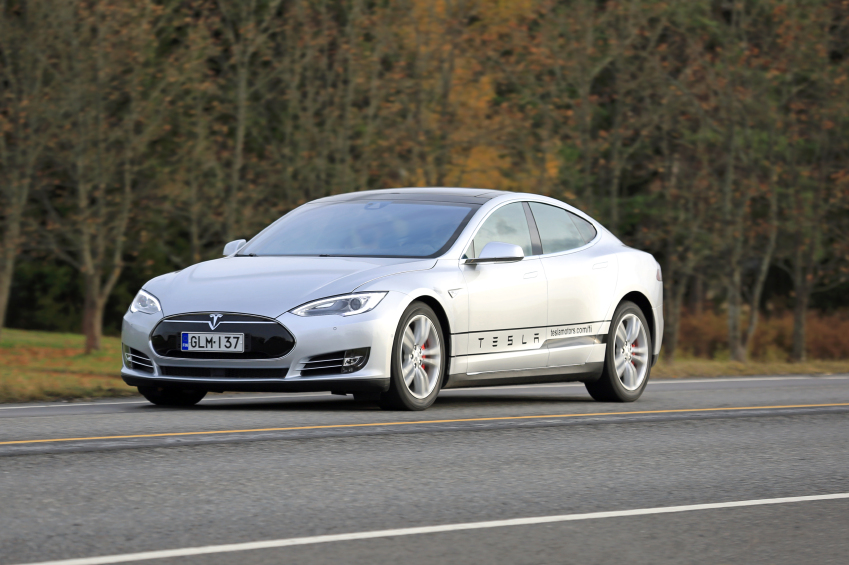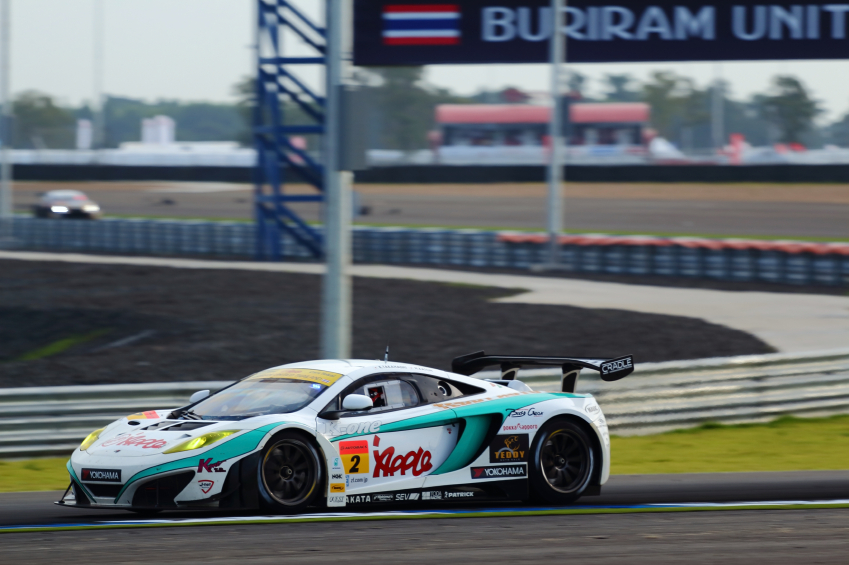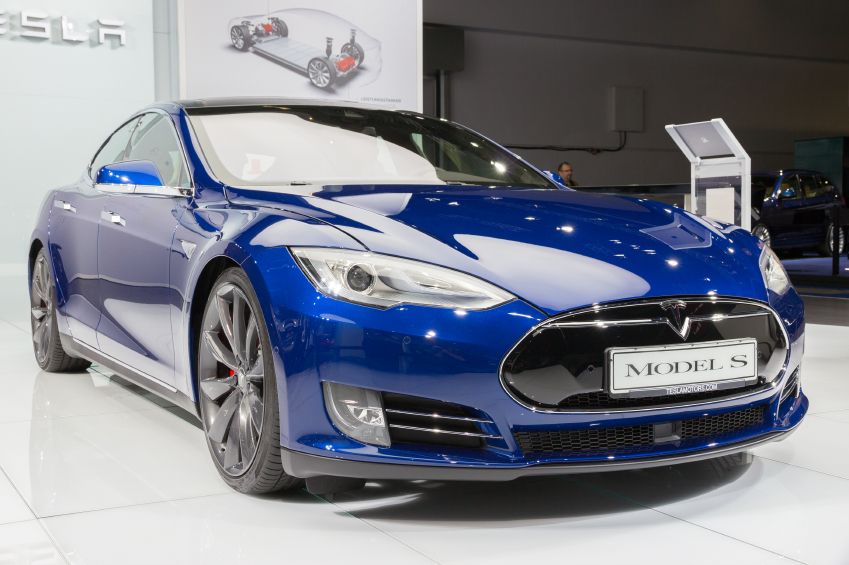
Meanwhile, the second season of the Formula E championship is in full swing. While the competition has its critics, it has managed to attract a number of former Formula 1 drivers, including Jarno Trulli, Lucas de Grassi, and inaugural champion Nelson Piquet Jr. Speaking at the last season’s final race in London, Sir Richard Branson—who has his own Formula E team called Virgin Racing—predicted that Formula E “would overtake Formula One within four to five years.”
Read on to find out more about the rise of zero emissions racing, and everything auto mechanic students need to know about the technology behind these exciting new competitions.
An Auto Mechanic College Student’s Guide to Formula E
While many F1 drivers now compete in Formula E, the two sports couldn’t be more different. Formula E races are significantly shorter, at just 50 minutes per race and the cars use up to 150 times less energy than F1 vehicles. However, their batteries can only run for 25 minutes, so drivers switch to a second vehicle midway through the race. Races also take place on temporary street circuits rather than traditional racetracks, with one even scheduled to take place in the surrounding area of famous Paris landmark Les Invalides this April.
The Auto Technology Behind the Sport, Explained
Formula E cars have a top speed of 225km/h and an acceleration of 0-100km/h in 3 seconds. During the first season, all ten teams used an identical Spark-Renault SRT_01E 200KW motor, but are now allowed to choose their own powertrains. However, teams are still quite restricted when it comes to developing their own auto technology, and this has been heavily criticized, despite resulting in closer races.
Why Auto Mechanic College Students Should Be Excited About Electric GT
Given the mixed reception that Formula E has received, the Electric GT championship’s organizers have looked to offer racing fans something closer to a traditional motorsport experience. The races will take place on professional tracks and will be much longer, thanks to the greater range offered by using production EVs. While all teams will drive the Tesla Model S during the first season, the founders are open to introducing other models in the future.

Why Tesla’s Auto Technology is Tailor-Made For Motorsport
While other manufacturers may yet become involved in Electric GT, director Agustin Paya was keen to praise the Model S, which he said “allows unbelievable cornering speed, not forgetting its unending torque, which all add up to a great racing car.”
Auto mechanic college students might be surprised to learn that the series will use the Model S P85+, rather than the newer, more powerful P90DL. This is because the P85+ uses a rear-wheel drivetrain, which allows for better weight distribution and overall handling on the track than the P90DL’s all-wheel drive system.

Visit ATC to learn more about our programs or to speak with an advisor.

